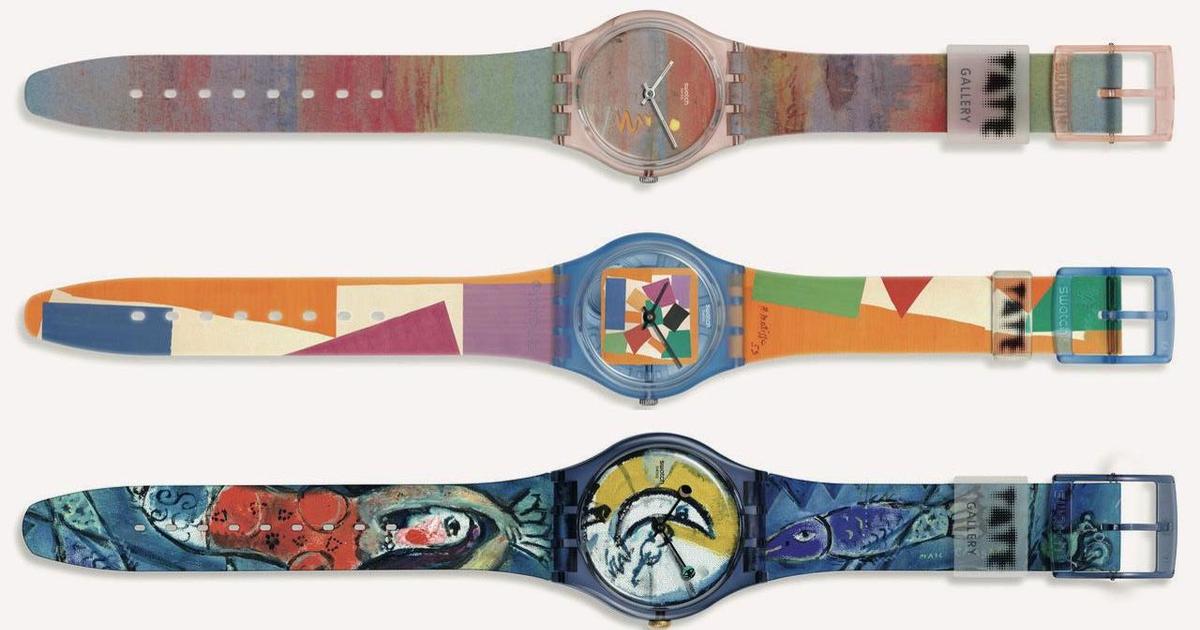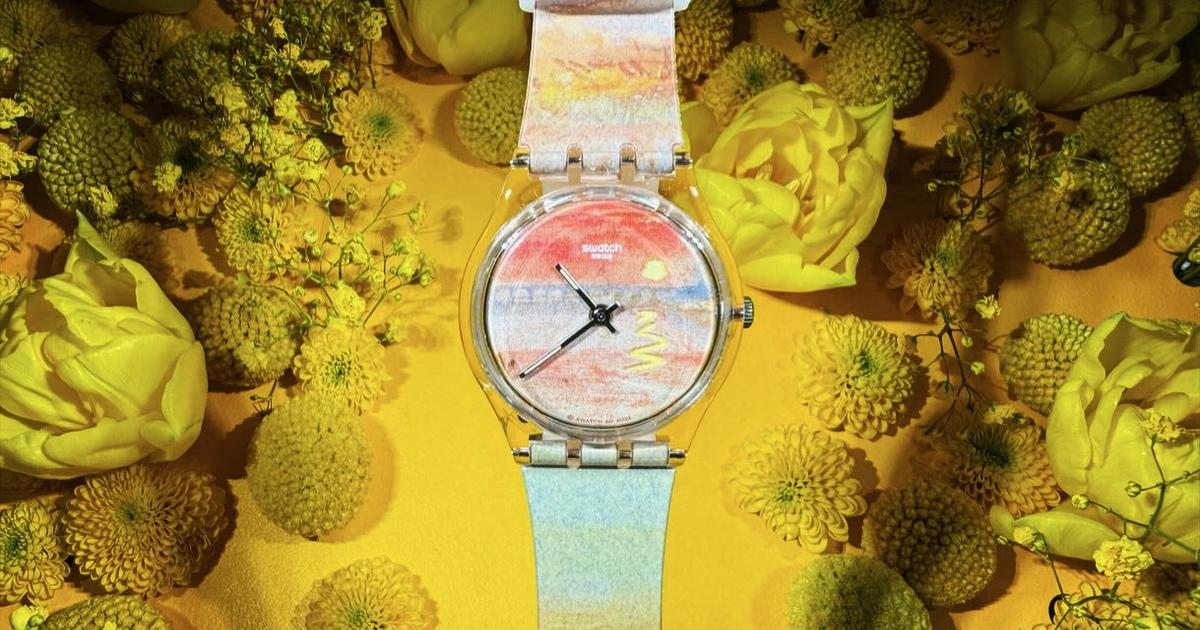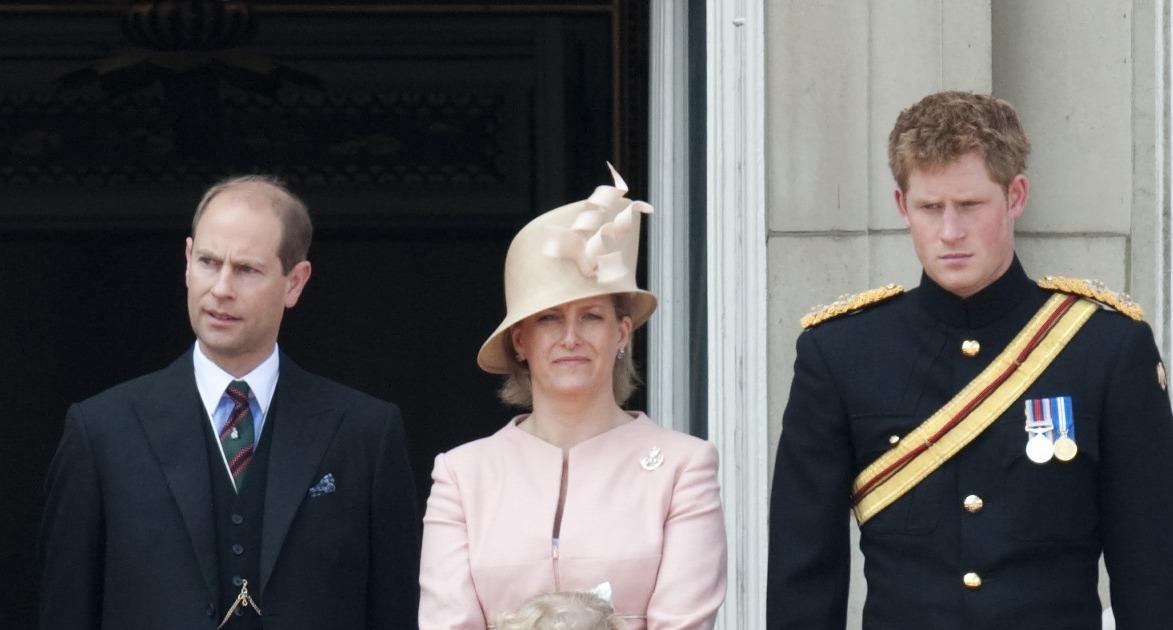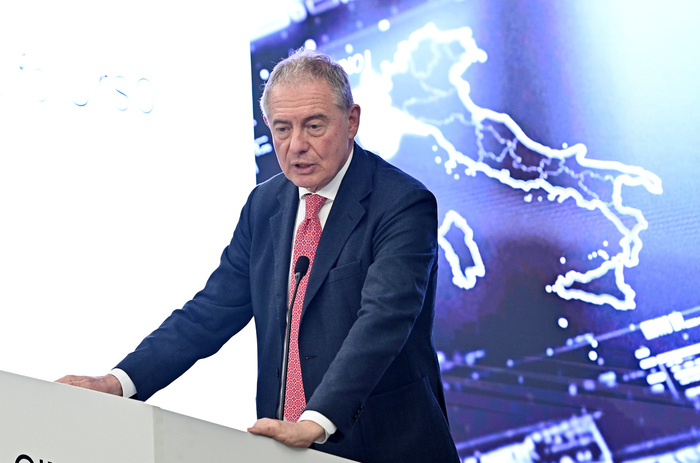From its breadth of possibilities, art has historically made room for speeches, ideas, expressions and messages at key historical moments, in which otherwise it would not have been possible to push an evolution of thought.
And this of course includes entire centuries of a male gaze on virtually all aspects of natural and human life, including language and gendered worldviews.
In this context, the concept and discussion of motherhood within art have not been exempt from constant reformulation and struggle from feminine or masculinizing perspectives, even trying to escape from the cloaks of science and philosophy to highlight more its essence protection. and support, elements that invariably raise other questions at the sociopolitical level.
Although there are not a few ancient civilizations in the world that venerate motherhood from a deity perspective, such as the examples of the Aztec culture and the goddess Tlazolteotl, or even the terracotta Babylonian mother that dates back to the year 6000 BC , it is since the hegemonic appearance of Catholicism, with the Virgin Mary, that the qualities of a mother within the world of art are linked to an ecosystem of self-sacrifice, unquestionable sacrifice, indefatigable fertility, as well as a role that is almost always secondary or null at the level of social participation.
For a long time, art has shown us the mother to evoke the fertile body, emphasizing ideas and prejudices such as roundness and the ability to create and provide food.
However, for the philosopher, curator and researcher Helena Chávez Mac Gregor, mothering is a much more complex issue, which also implies "a claim for relationships that go beyond the discussion between the productive and the reproductive, opening acts of production : of affections, of meanings, of distributions, of rights, of exchanges and of life”.
In this vein, the work of pioneering sculptors who are now world-renowned is remarkable, such as the Frenchwoman Louise Bourgeois (1911-2010), who was able to transmute against the current within artistic practices, moving from drawing to sculpture, to pay her a deep and persistent oblique tribute of love for his mother, while denouncing the mistreatment and infidelity on the part of his father, through his famous "spiders".
Despite the gaze of romantic love and the strong presence of the family and social gender roles from a masculinizing perspective, contemporary art has presented sensitivities and discursive dislocations that propose other types of visions around the mother figure, disarticulating of its hegemonic trappings and discourses to give it an even political revitalization, since parenting is an act of mutual support that is articulated by both mothers and grandmothers, friends and, in some cases, also parents.
From Frida Kahlo showing her social and unacceptable pain for not being a mother in her work Cesárea unconclusa, where her body lies next to that of her dead baby and the doctors, passing through the paintings of artists such as Magda Eunice Sánchez or Nan Cuz, to name a few few examples, art has been a vehicle of transgression, denunciation and appropriation of a painful, real and personal experience outside the prevailing canons, with the installation being abstraction and non-linear conceptualization a way to express it in a much more detailed way.
In this sense, the works of artists such as Anna María Maiolino, Anna Álvarez-Errecalde, or Louise Bourgeois herself present us with a vision of motherhood, for some eyes even contradictory.
But this, far from atomizing or dividing the discussion and the aesthetic impact, manage to broaden, diversify and above all enrich the perspectives around the implications of being a mother in the world, under the different contexts and recontextualizations.
“Your mother is a monument.
A constant reminder.
Good advice.
An angel on your shoulder with a lot of attitude”, Najja Moon has succinctly and affectionately written about the piece ''Your Mom's Voice in the Back of Your Head.
We are also talking about an unofficial history, of a path opened by women artists of past generations, which has given rise to truly innovative contemporary works, such as the outstanding and young artist Najja Moon, based in Miami, who through her recent piece Entitled “Your Mom's Voice in the Back of Your Head”, it presents a sound sculpture dedicated to the personal, complex and deep, but also universal bond between mothers and their children.
Today artists such as Claudia Cirici, Priscilla Bianchi, Paula Nicho, Ana Álvarez Errecalde, Chto Delat, Claire Fontaine, Lenka Clayton, Zanna Gilbert, Núria Güell, Ai Hasegawa, Amelia Hernánde, Pesin Kate, María Llopis, Irene Lusztig, Marge Monko, Frida Orupabo, Canan Şenol, Carmen Winant, among many others, are redirecting the compass of the maternal worldview towards a much more ubiquitous and conducive place to reflect on the role of an essential human figure, who even today is relegated or disadvantaged.





/cloudfront-eu-central-1.images.arcpublishing.com/prisa/FTCOKXBADNHL3OSGJJMS4OWZXU.jpg)



